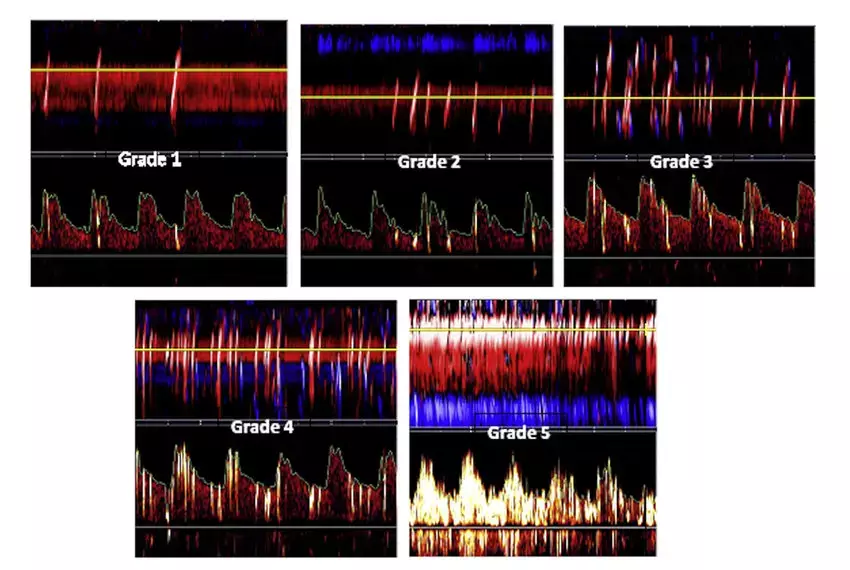- Home
- Medical news & Guidelines
- Anesthesiology
- Cardiology and CTVS
- Critical Care
- Dentistry
- Dermatology
- Diabetes and Endocrinology
- ENT
- Gastroenterology
- Medicine
- Nephrology
- Neurology
- Obstretics-Gynaecology
- Oncology
- Ophthalmology
- Orthopaedics
- Pediatrics-Neonatology
- Psychiatry
- Pulmonology
- Radiology
- Surgery
- Urology
- Laboratory Medicine
- Diet
- Nursing
- Paramedical
- Physiotherapy
- Health news
- Fact Check
- Bone Health Fact Check
- Brain Health Fact Check
- Cancer Related Fact Check
- Child Care Fact Check
- Dental and oral health fact check
- Diabetes and metabolic health fact check
- Diet and Nutrition Fact Check
- Eye and ENT Care Fact Check
- Fitness fact check
- Gut health fact check
- Heart health fact check
- Kidney health fact check
- Medical education fact check
- Men's health fact check
- Respiratory fact check
- Skin and hair care fact check
- Vaccine and Immunization fact check
- Women's health fact check
- AYUSH
- State News
- Andaman and Nicobar Islands
- Andhra Pradesh
- Arunachal Pradesh
- Assam
- Bihar
- Chandigarh
- Chattisgarh
- Dadra and Nagar Haveli
- Daman and Diu
- Delhi
- Goa
- Gujarat
- Haryana
- Himachal Pradesh
- Jammu & Kashmir
- Jharkhand
- Karnataka
- Kerala
- Ladakh
- Lakshadweep
- Madhya Pradesh
- Maharashtra
- Manipur
- Meghalaya
- Mizoram
- Nagaland
- Odisha
- Puducherry
- Punjab
- Rajasthan
- Sikkim
- Tamil Nadu
- Telangana
- Tripura
- Uttar Pradesh
- Uttrakhand
- West Bengal
- Medical Education
- Industry
Transcranial Doppler very sensitive for detection of even smaller right-to-left shunts

Transcranial Doppler very sensitive for detection of even smaller right-to-left shunts suggests a new study published in the Stroke
Right to left shunt (RLS), including patent foramen ovale, is a recognized risk factor for stroke. RLS/patent foramen ovale diagnosis is made by transthoracic echocardiography (TTE), which is insensitive, transesophageal echocardiography, which is invasive, and transcranial Doppler (TCD), which is noninvasive and accurate but scarce.
Researchers conducted a prospective, single-arm device clinical trial of robot-assisted TCD (raTCD) versus TTE for RLS diagnosis at 6 clinical sites in patients who presented with an event suspicious for embolic cerebrovascular ischemia from October 6, 2020 to October 20, 2021. raTCD was performed with standard TCD bubble study technique. TTE bubble study was performed per local standards. The primary outcome was rate of RLS detection by raTCD versus TTE.
RESULTS:
A total of 154 patients were enrolled, 129 evaluable (intent to scan) and 121 subjects had complete data per protocol. In the intent to scan cohort, mean age was 60±15 years, 47% were women, and all qualifying events were diagnosed as ischemic stroke or transient ischemic attack. raTCD was positive for RLS in 82 subjects (64%) and TTE was positive in 26 (20%; absolute difference 43.4% [95% CI, 35.2%–52.0%]; P<0.001). On prespecified secondary analysis, large RLS was detected by raTCD in 35 subjects (27%) versus 13 (10%) by TTE (absolute difference 17.0% [95% CI, 11.5%–24.5%]; P<0.001). There were no serious adverse events.
raTCD was safe and ≈3 times more likely to diagnose RLS than TTE. TTE completely missed or underdiagnosed two thirds of large shunts diagnosed by raTCD. The raTCD device, used by health professionals with no prior TCD training, may allow providers to achieve the known sensitivity of TCD for RLS and patent foramen ovale detection without the need for an experienced operator to perform the test. Pending confirmatory studies, TCD appears to be the superior screen for RLS compared with TTE.
Reference:
Robot-Assisted Transcranial Doppler Versus Transthoracic Echocardiography for Right to Left Shunt Detection. Mark N. Rubin, Ruchir Shah, Thomas Devlin, Teddy S. Youn, Michael F. Waters, John J. Volpi, Aaron Stayman, Colleen M. Douville, Ted Lowenkopf, Georgios Tsivgoulis and Andrei V. Alexandrov. Originally published5 Oct 2023https://doi.org/10.1161/STROKEAHA.123.043380Stroke. 2023;54:2842–2850
Keywords:
Transcranial, Doppler, very, sensitive, detection, even, smaller, right-to-left shunts, stroke, Mark N. Rubin, Ruchir Shah, Thomas Devlin, Teddy S. Youn, Michael F. Waters, John J. Volpi, Aaron Stayman, Colleen M. Douville, Ted Lowenkopf, Georgios Tsivgoulis and Andrei V. Alexandrov0
Dr. Shravani Dali has completed her BDS from Pravara institute of medical sciences, loni. Following which she extensively worked in the healthcare sector for 2+ years. She has been actively involved in writing blogs in field of health and wellness. Currently she is pursuing her Masters of public health-health administration from Tata institute of social sciences. She can be contacted at editorial@medicaldialogues.in.
Dr Kamal Kant Kohli-MBBS, DTCD- a chest specialist with more than 30 years of practice and a flair for writing clinical articles, Dr Kamal Kant Kohli joined Medical Dialogues as a Chief Editor of Medical News. Besides writing articles, as an editor, he proofreads and verifies all the medical content published on Medical Dialogues including those coming from journals, studies,medical conferences,guidelines etc. Email: drkohli@medicaldialogues.in. Contact no. 011-43720751


